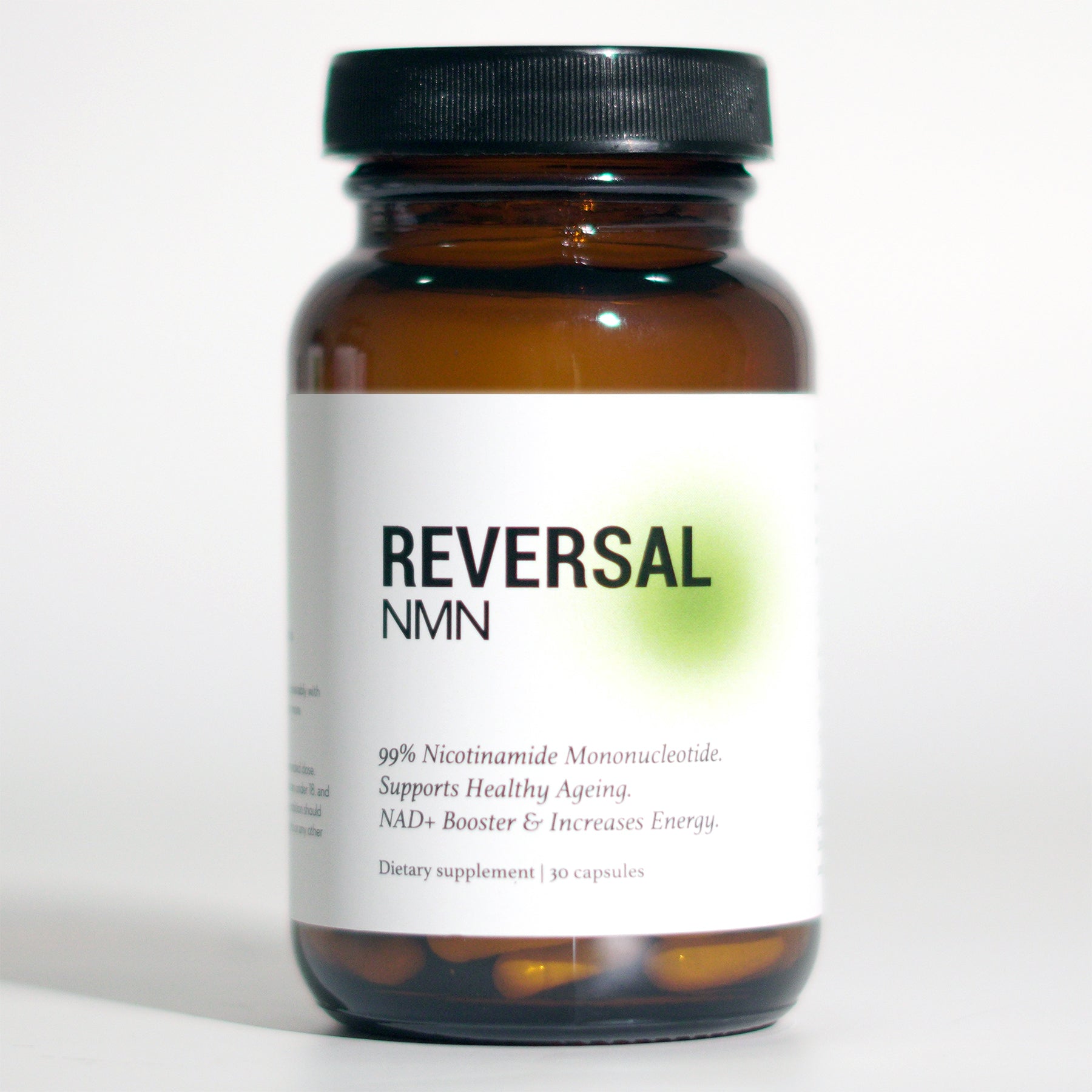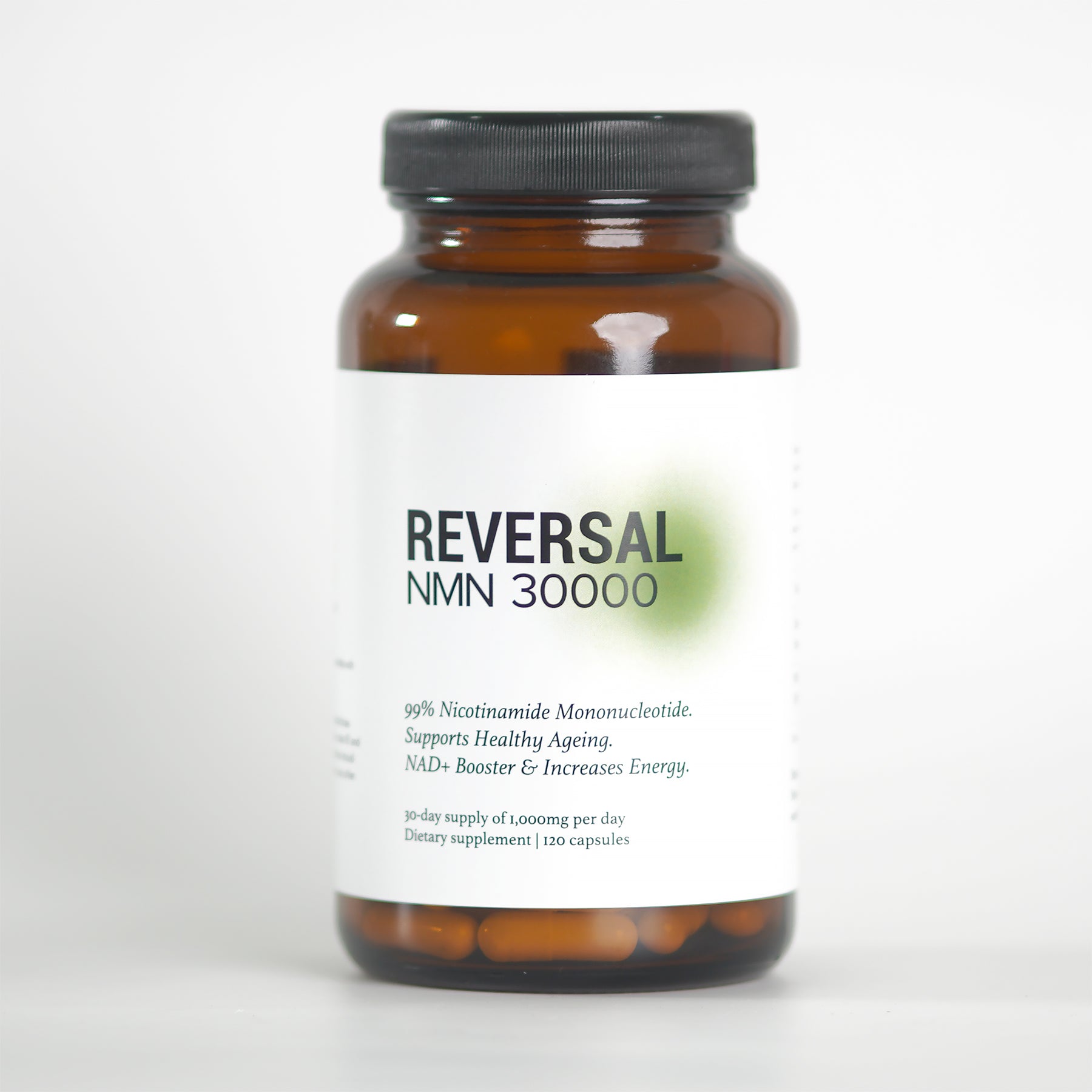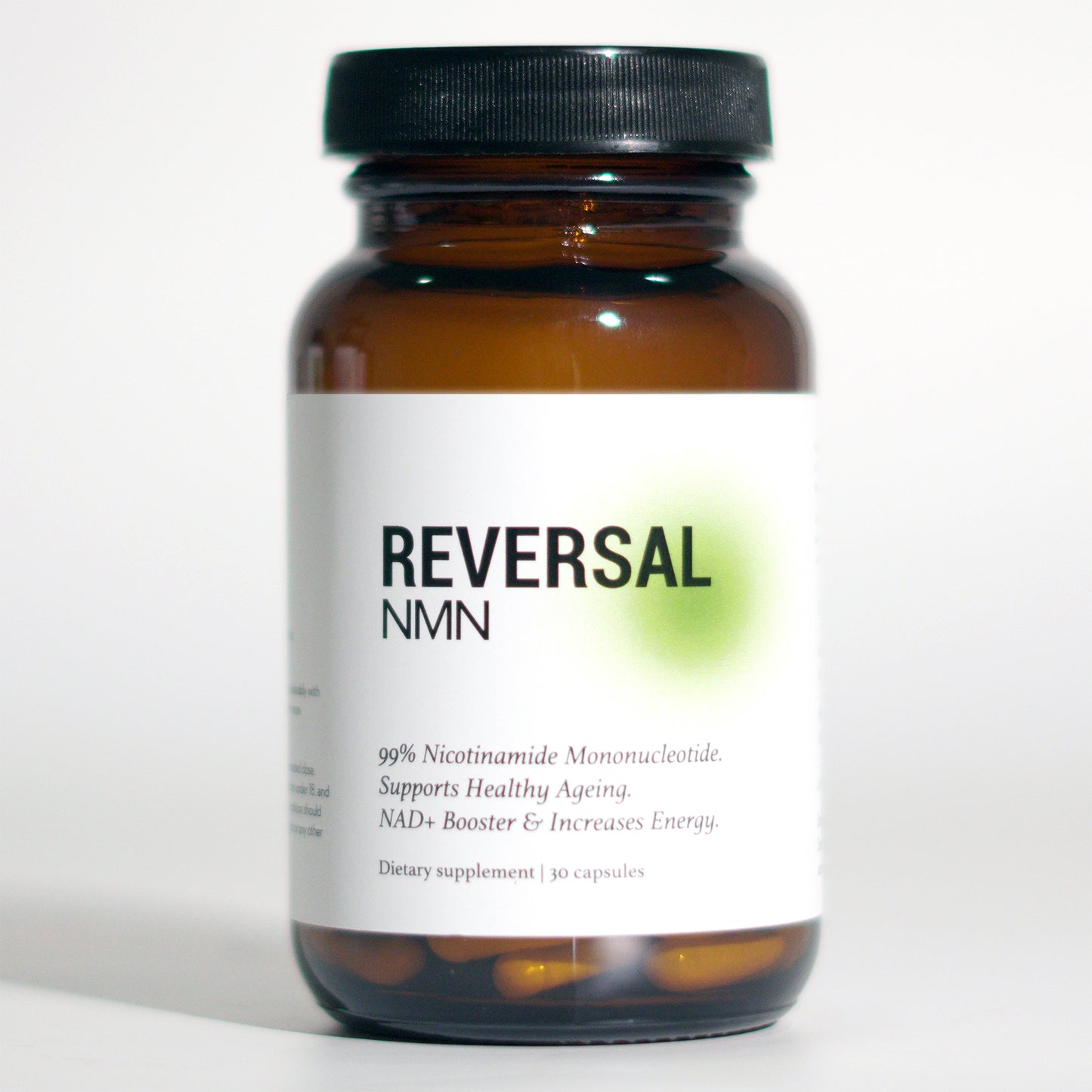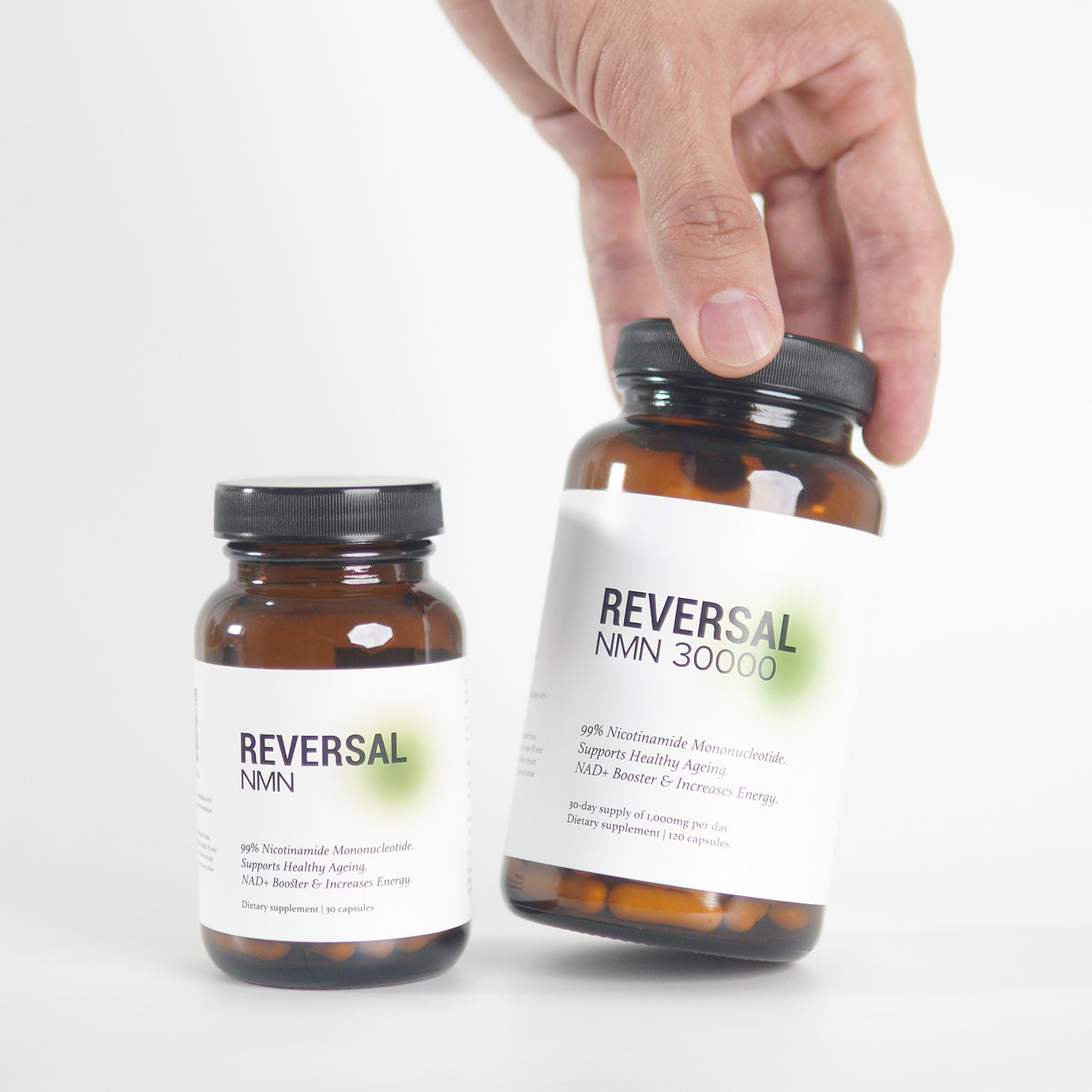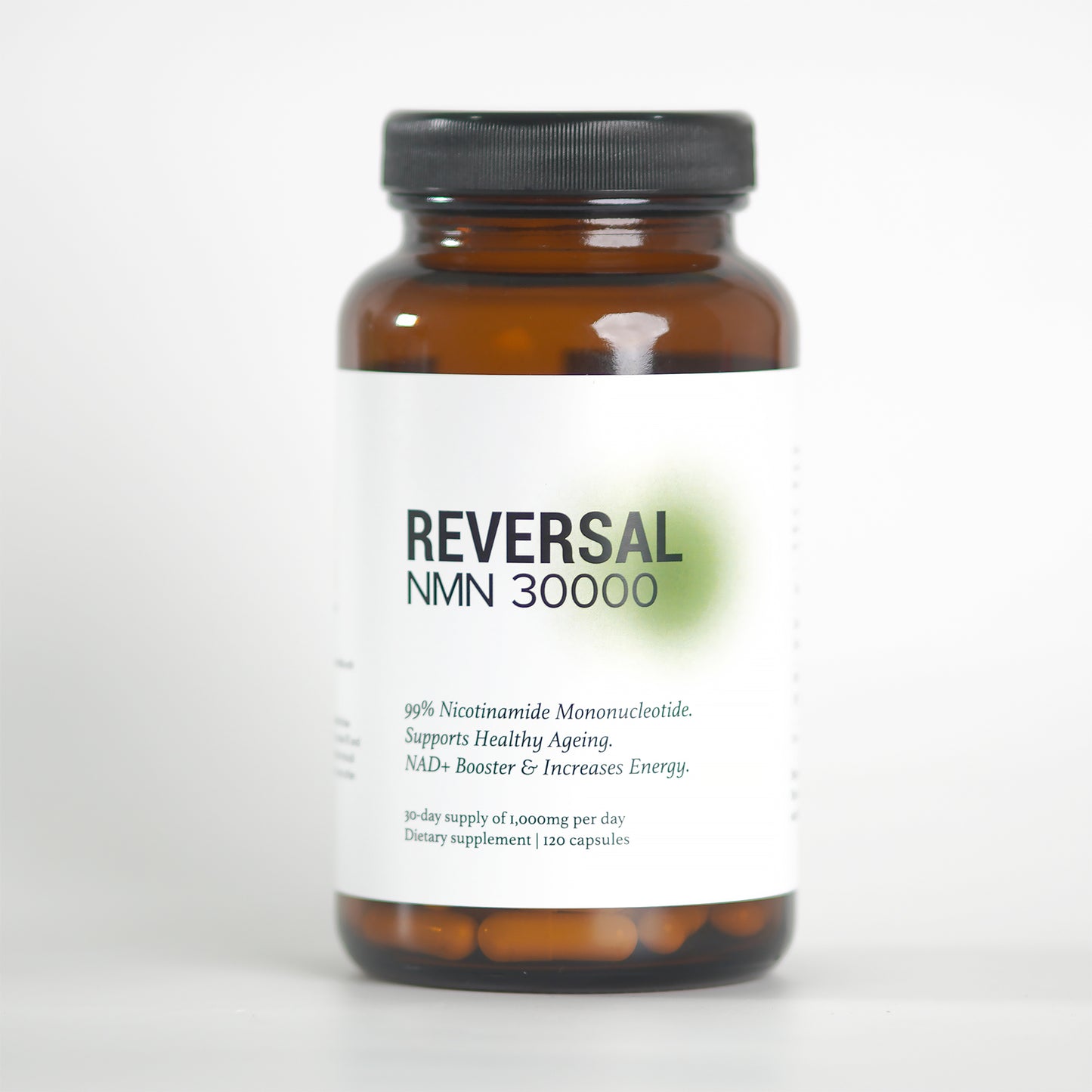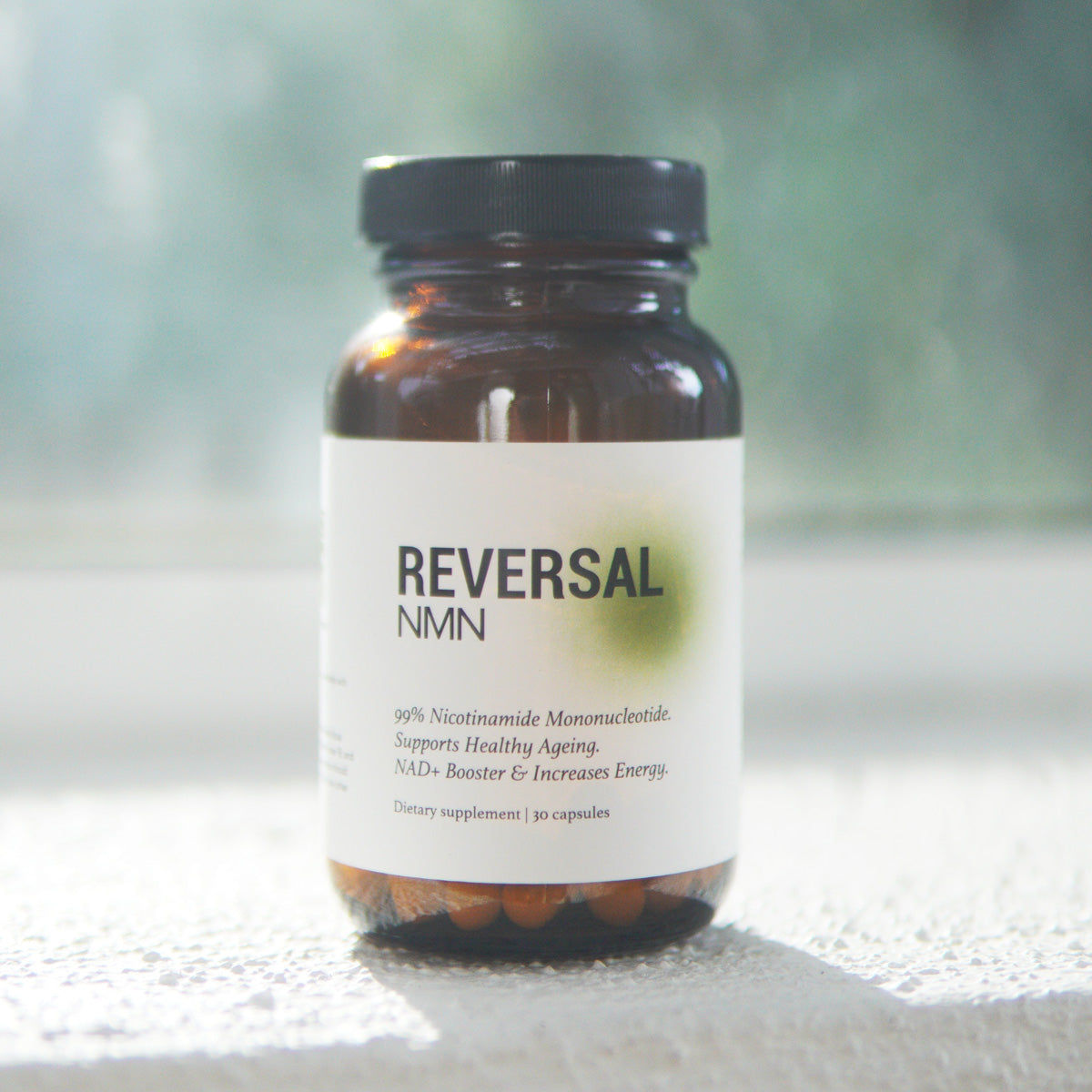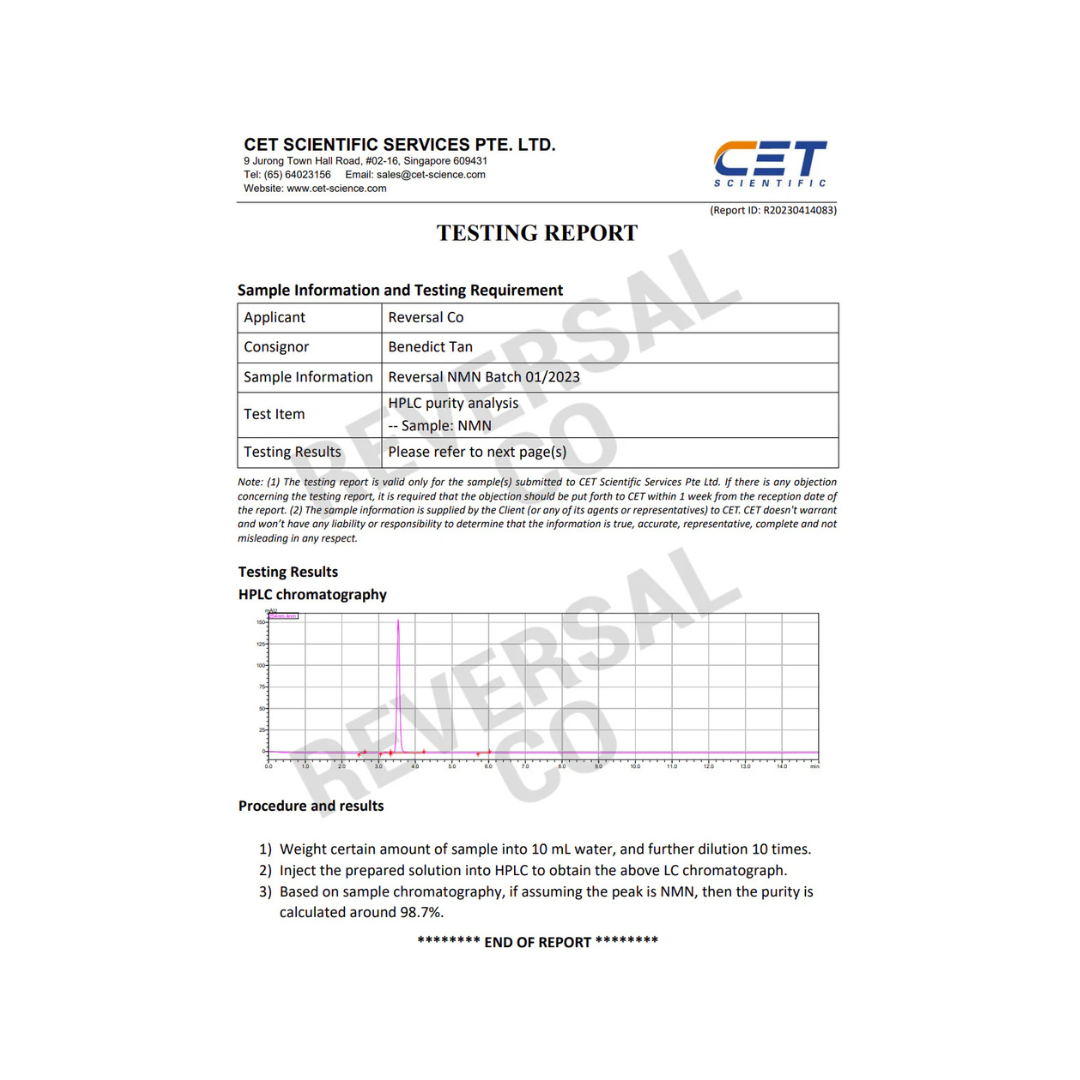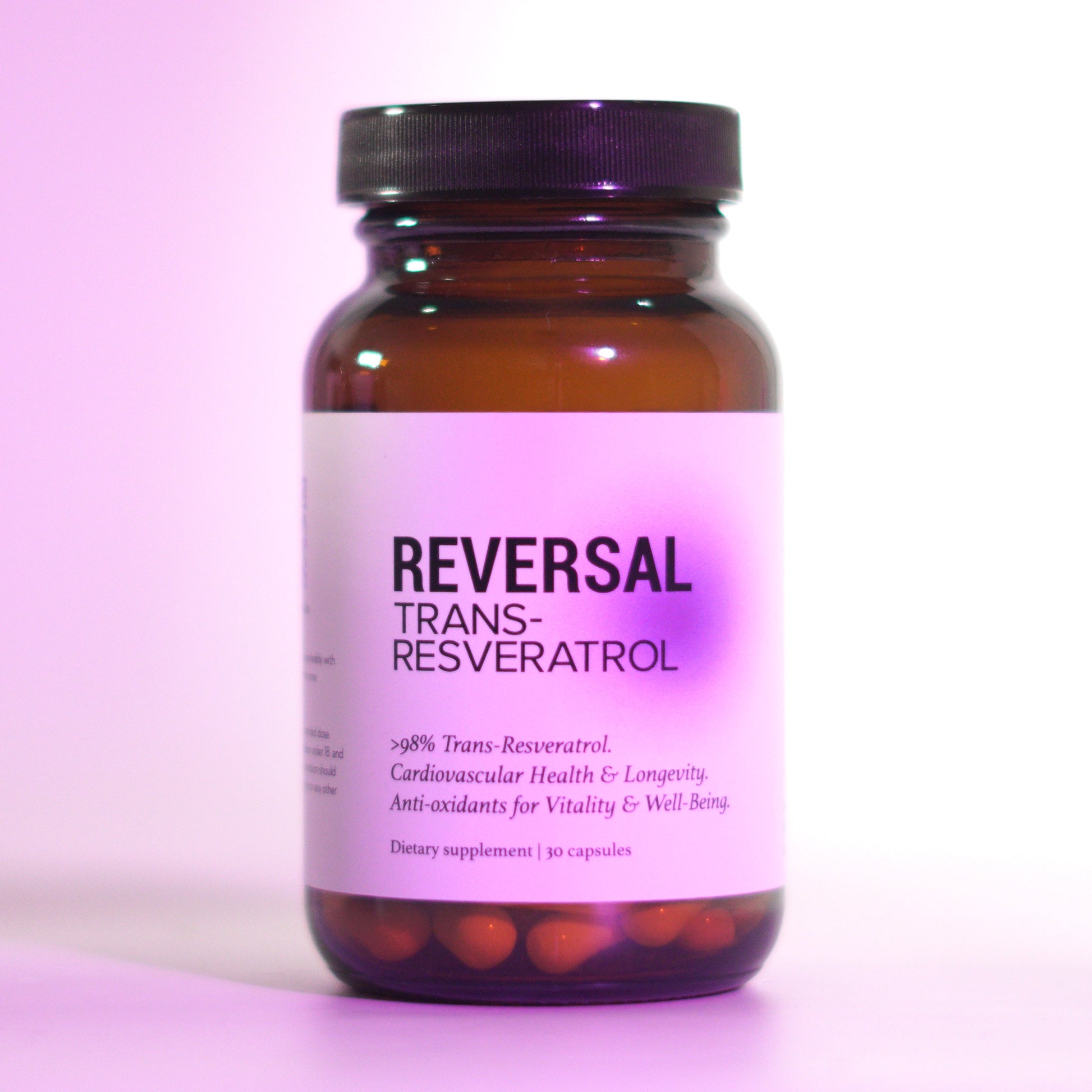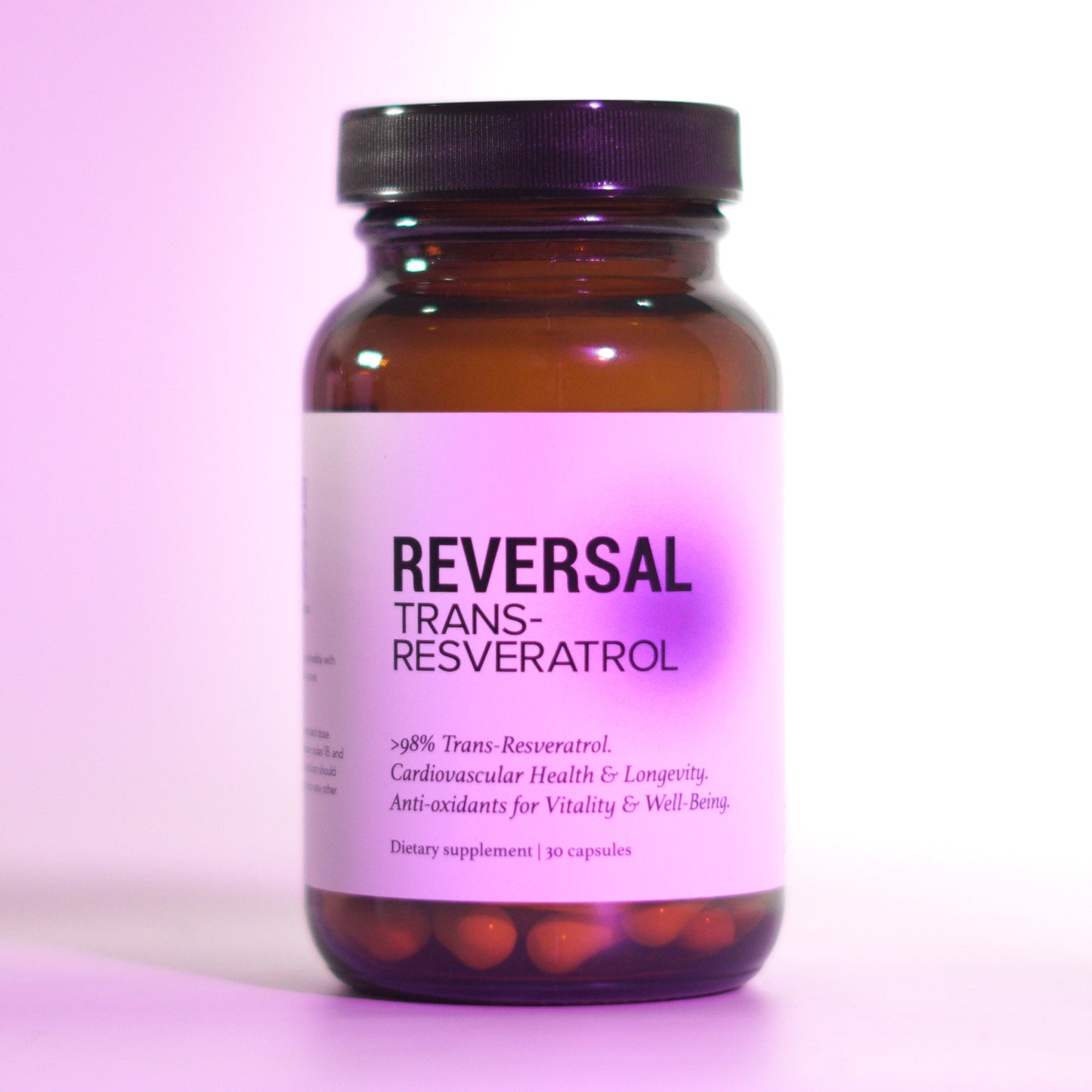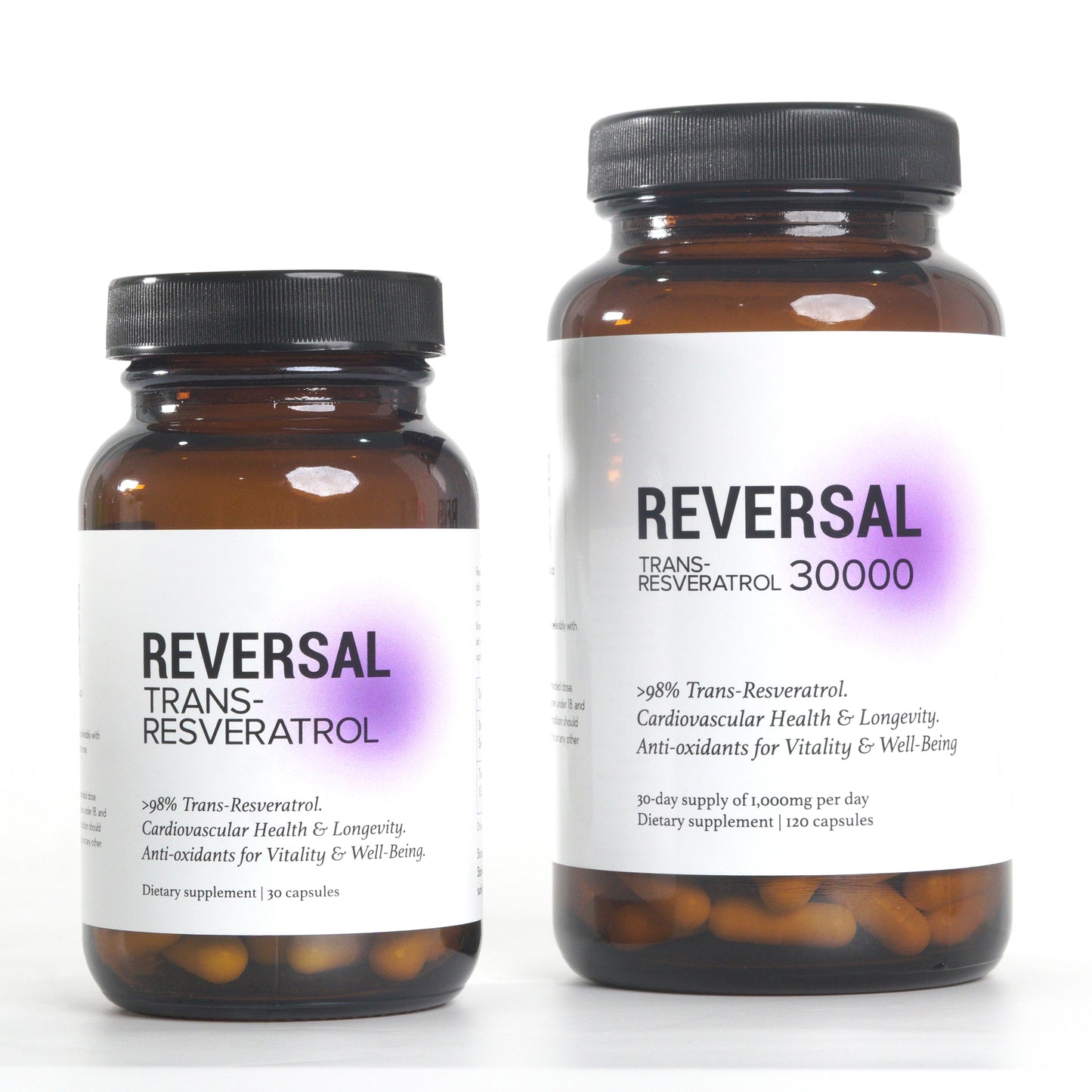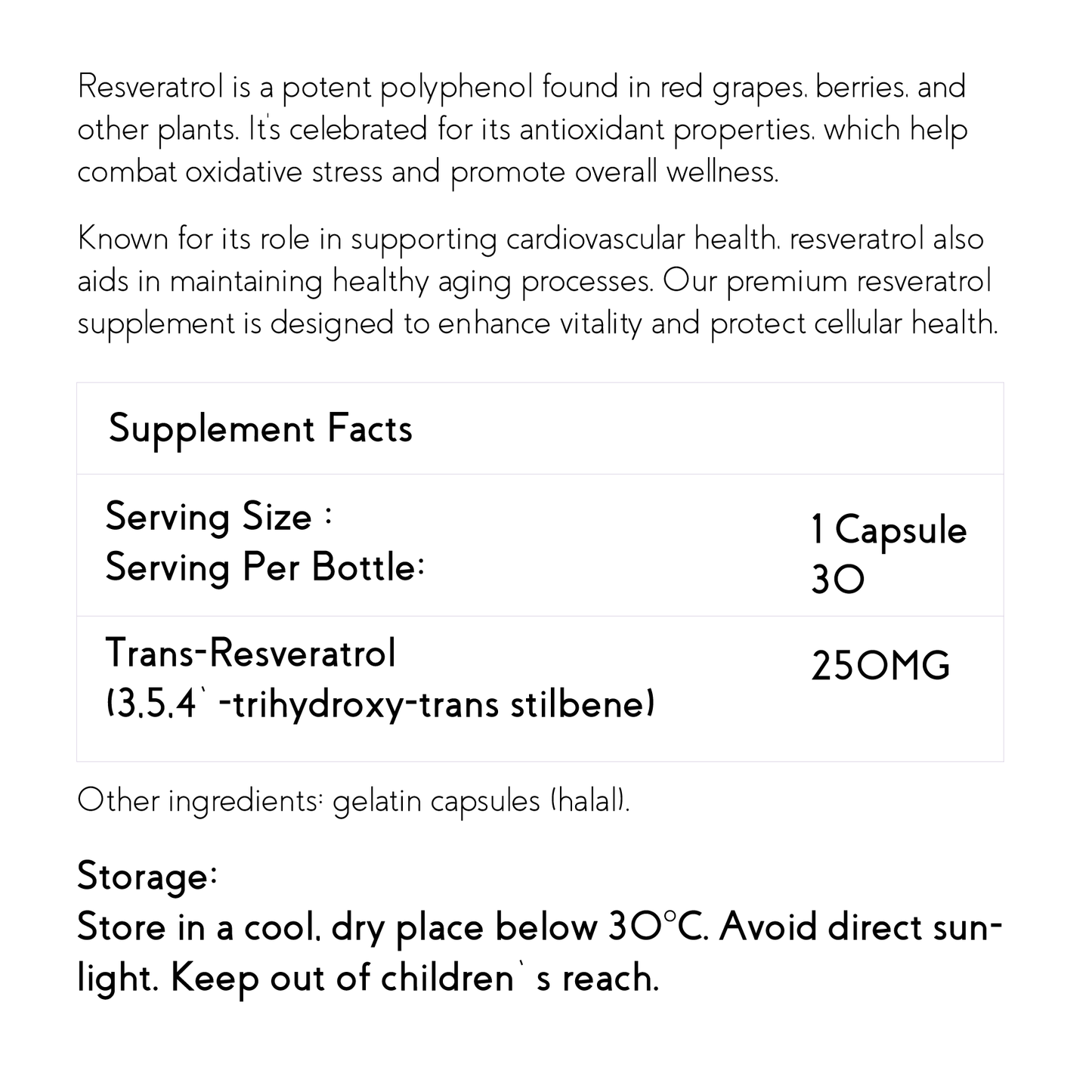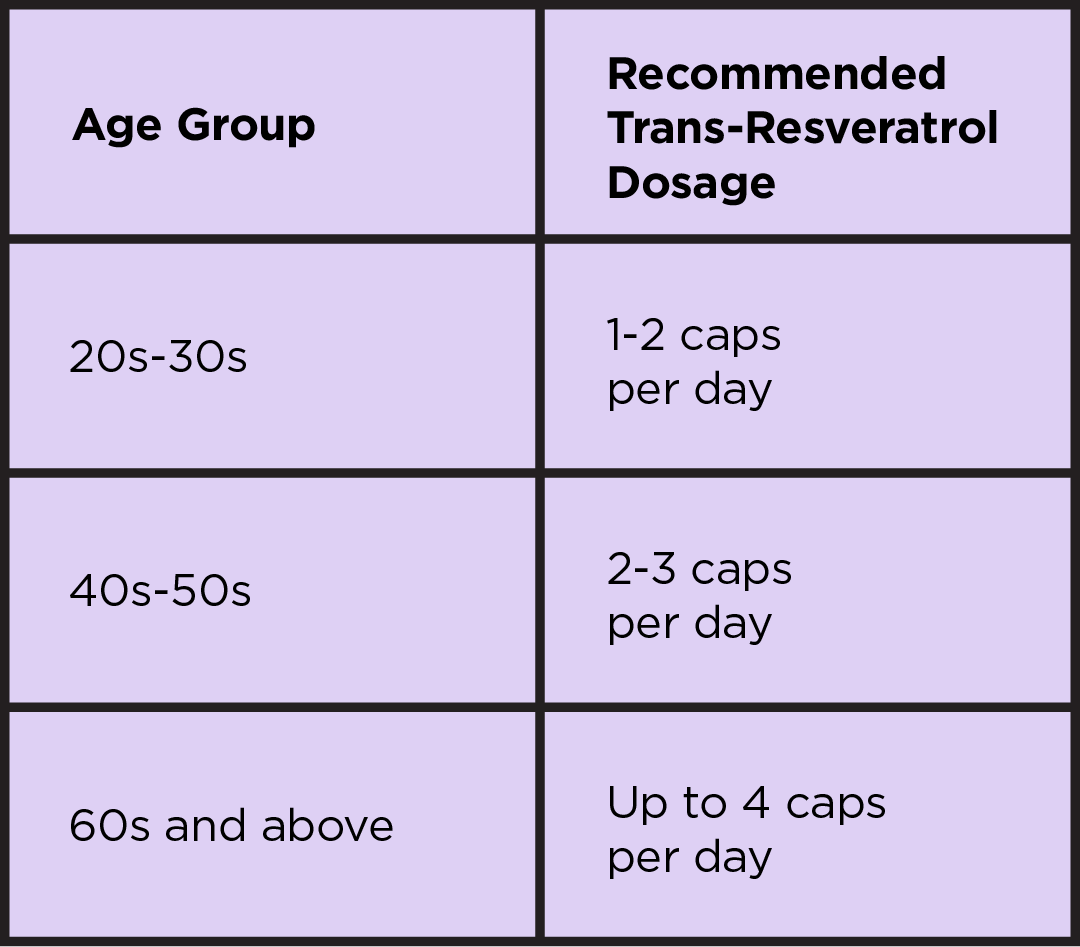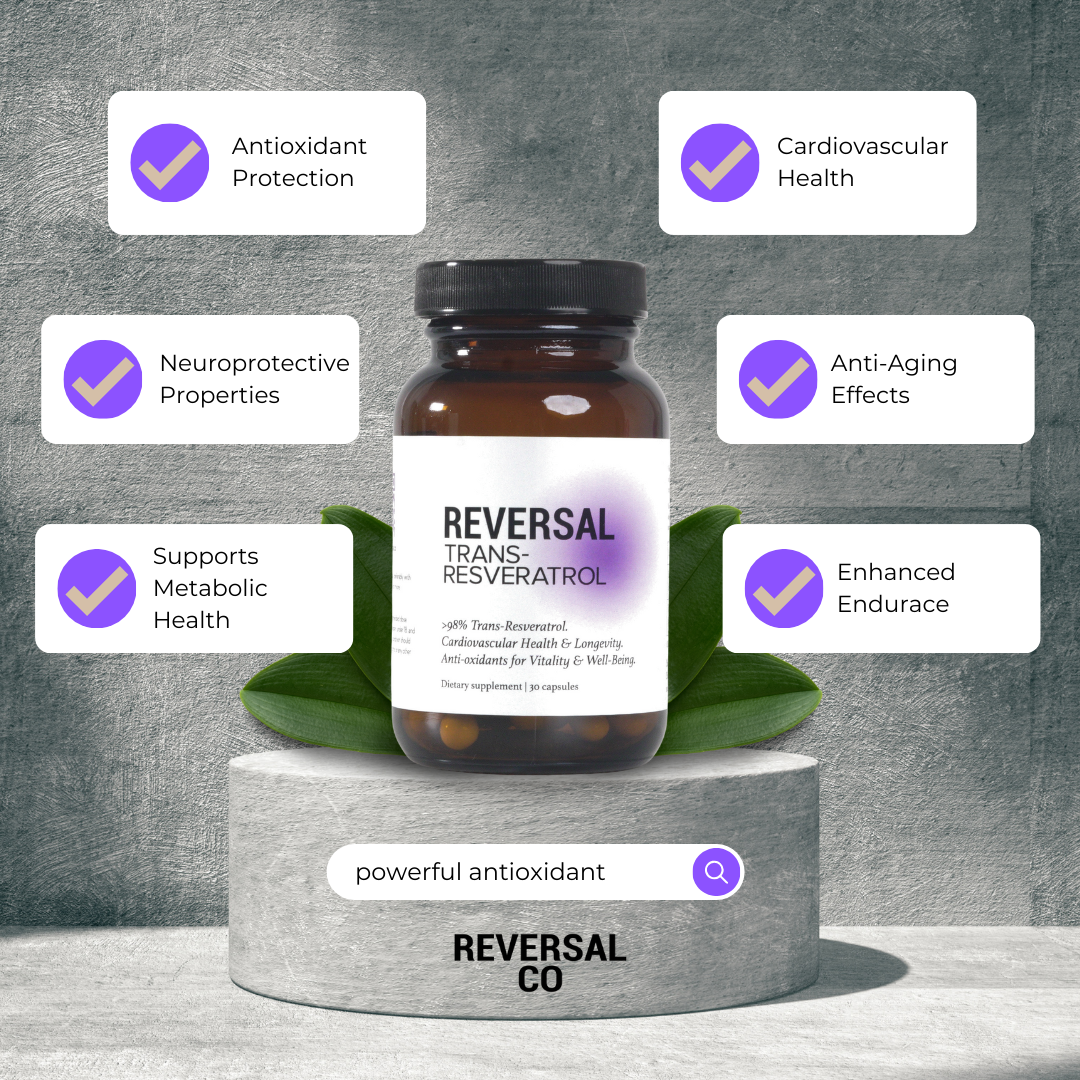Article Summary:
Title: AI Model Uses Radiomic Signature to Identify Oocyte Morphological Changes Related to Reproductive Aging
Introduction:
- Oocyte aging affects reproductive capabilities, but objective measures are lacking.
- Current methods of oocyte morphological analysis are subjective and unreliable.
- AI and deep learning have been successful in biomedical image analysis.
Methods:
- Study used bright field microscopy images of mouse oocytes from young mice, aged mice, and aged mice treated with NMN.
- Deep learning, swarm intelligence, and discriminative analysis were used to create a deep radiomic signature (DRS).
- DRS was evaluated using sensitivity, specificity, cross-validation, and scatter plots.
Results:
- DRS accurately distinguished morphological changes in oocytes associated with maternal age with 92% accuracy.
- NMN treatment restored youthful characteristics and health to oocytes in 60% of cases.
- Biochemical analysis supported the sensitivity of DRS to oocyte age and quality.
Applications and Future Directions:
- DRS provides an objective and fast approach to oocyte morphology assessment.
- Potential to optimize oocyte selection in clinical practice and improve fertility preservation.
- Further evaluation in human oocytes and larger sample size recommended.
- DRS shows promise in predicting developmental potential and improving pregnancy success rates.
Data Availability:
Data is available upon request.
Conflicts of Interest:
Some authors have affiliations with companies involved in fertility diagnostics and treatment.
Conclusion:
- AI model using radiomic signatures successfully detects oocyte morphological changes related to reproductive aging.
- DRS can inform clinical decision-making and improve fertility preservation.
- Further research and evaluation are needed for clinical application in human oocytes.
Title of paper: Unique Deep Radiomic Signature Shows NMN Treatment Reverses Morphology of Oocytes from Aged Mice
Author(s): Habibalahi A, Campbell JM, Bertoldo MJ, Mahbub SB, Goss DM, Ledger WL, Gilchrist RB, Wu LE, Goldys EM.
Year published: 2022
Published in: Biomedicines
Original article can be found here.


